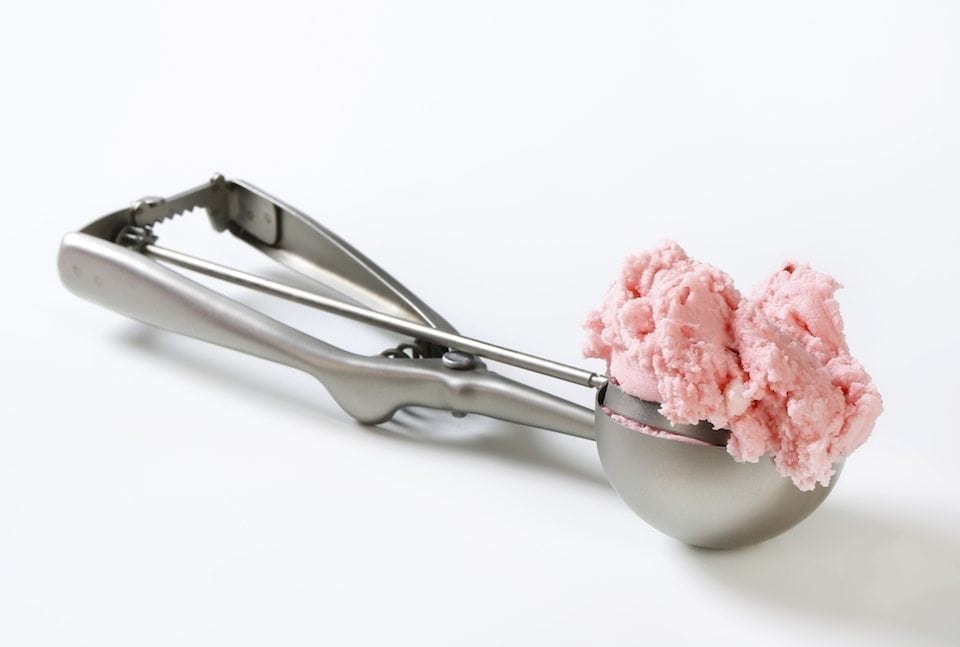Artificial food dyes are ubiquitous in today’s food system. Yellows No. 5 and 6 lend Kraft mac-and-cheese its golden hue, while Red No. 40 tints McDonald’s strawberry sundaes. A variety of sodas, crackers, candy, cereal, ice cream, and other processed foods sold in the U.S. also contain artificial colors.
At best, the dyes are aesthetic enhancers, lending cosmetic effects but no flavor or nutritional benefit. At worst—and as many real-food advocates claim—they are a public-health menace linked to behavioral problems and other consequences. Here are the top 10 things you need to know about dyes:
1. In the United States, the FDA has approved nine artificial food colors, mostly derived from petroleum.
2. In Europe, a warning label has been required since July 2010 on foods that contain certain artificial colors.
3. In the 1970s, pediatric allergist Ben Feingold asserted that hyperactive kids who eliminated artificial flavors and colors from their diets showed a remarkable improvement in behavior.
4. In 2007, the U.K.’s Southampton Study showed for the first time that artificial food colors and additives can affect the behavior of kids who don’t have any proclivities toward ADHD.
5. In 2012, a meta-analysis of 24 studies showed that as many as 33 percent of kids with ADHD may benefit from diets free of artificial-food colors and additives.
6. Some experts say that some children would not develop ADHD if they weren’t consuming artificially colored foods.
7. Animal studies have shown a link between artificial dyes and such health problems as reproductive issues and kidney disease.
8. In 2011, the FDA acknowledged that the dyes may have negative effects on some kids, but since it didn’t find absolute proof that artificial dyes cause hyperactivity, it ruled that companies could continue using the dyes in foods without warning labels.
9. The more whole, nutritious, unprocessed foods you eat, the less likely you are to run into artificial dyes.
10. Avoid anything with terms such as “FD&C Lakes” (a type of dye pigment), “Citrus Red,” or “artificial color.”
—Maggie Fazeli Fard for Experience Life
Do you look at labels for food dyes? Share your thoughts in the comments below.




